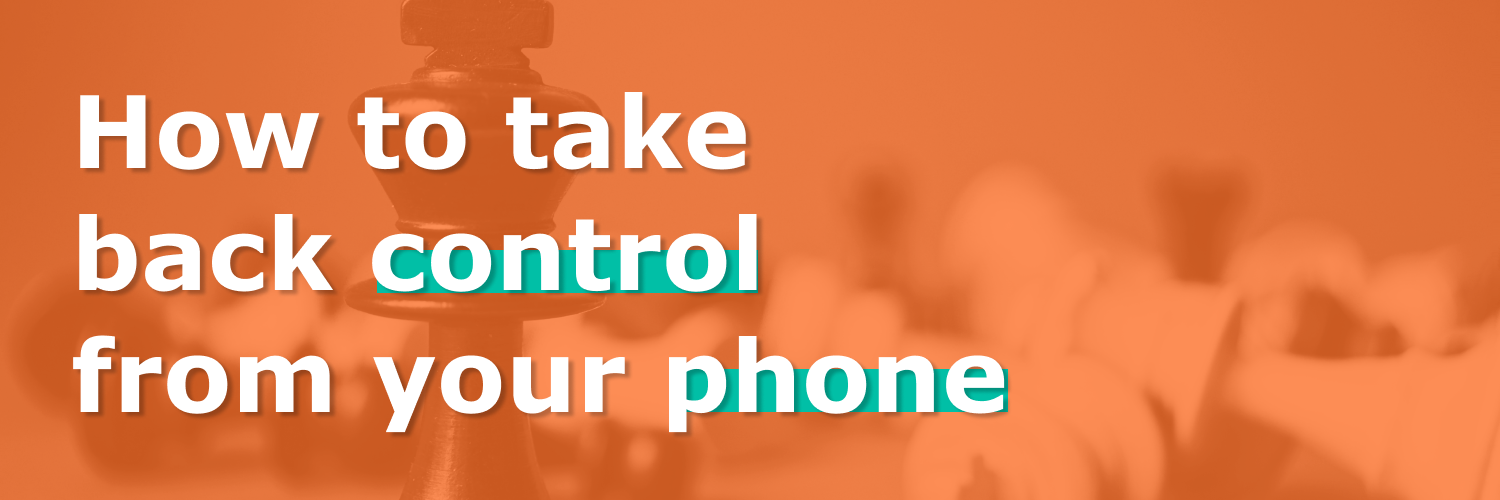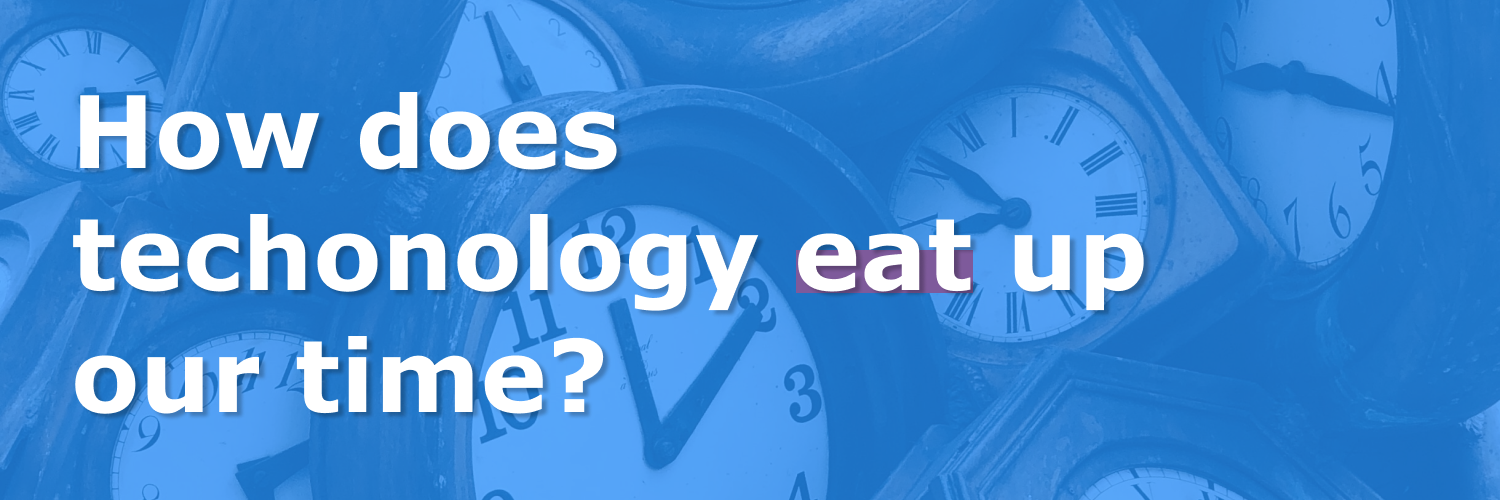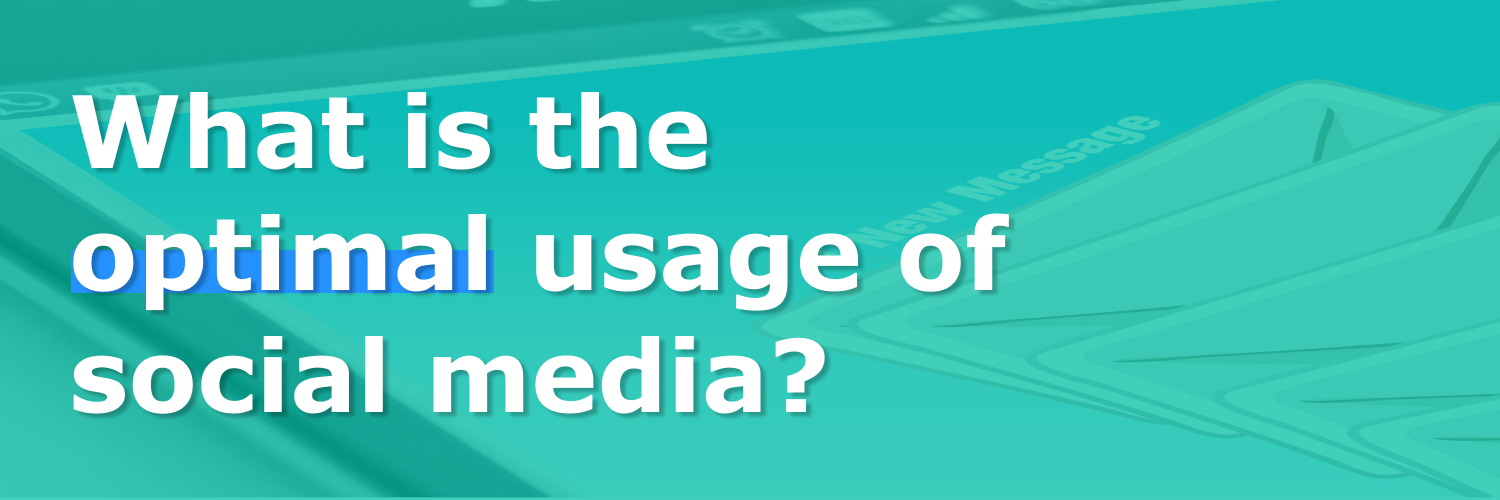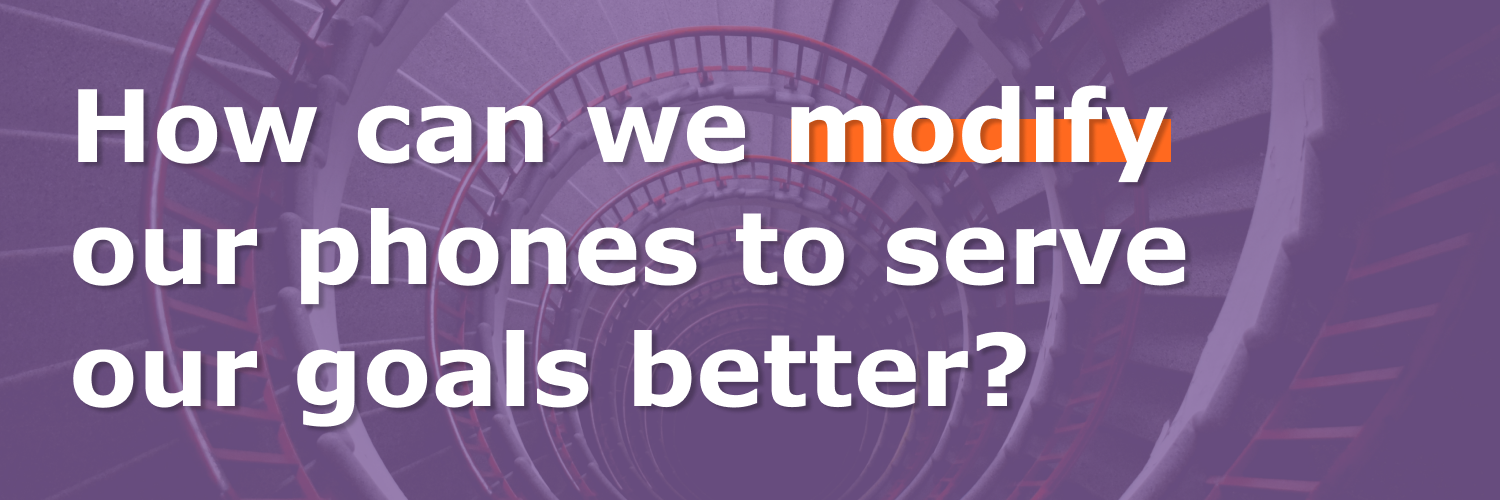Phones Hijacking your Time

Phones and the social media apps they contain have become an integral part of daily life; they have transformed how we learn, work and communicate, but to what extent are they purely beneficial?
Social media apps are built on the business model of monetising our attention. Almost all of their revenue comes from selling advertising to other businesses, so increasing revenue means increasing users’ number and the time spent per user. As a result, social media developers have a huge incentive to make their apps as addictive as possible by hijacking our brains’ dopamine reward pathways. These apps lure us in and keep us hooked for hours on end when we could be doing something else with our time that 1) will make us feel more accomplished (and ultimately happier) and 2) our future selves would appreciate a bit more.
But how do we mitigate against something which is designed to be inherently addictive? Discipline can only take you so far, so what we need instead is modifying how we interact with our phones and apps.
How does technology eat up our time?

This happens through two main mechanisms:
- External triggers
- Infinity pools
External triggers include things that aim to grab your attention when you’re not using your phone and prompt you to take action like opening an app. The critical trigger used by social media apps is notifications.
Infinity pools, on the other hand, are what keep you hooked after you have opened the app. If an app has a “pull to refresh” tab, we can call it an infinity pool. Infinity pools are essential things that eat up our time without us even noticing and usually involve endless content streams that trigger successive releases of dopamine in the brain. Dopamine is a neurotransmitter in the brain that is released in anticipation of and after experiencing a reward. Its primary function is to reinforce “positive” behaviour and make an individual seek that same reward in the future. Therefore, when social media apps give us dopamine releases, we become conditioned to return to them in the future.
What makes these two features incredibly addictive is that they provide variable rewards – sometimes the notification/content you see is interesting, but sometimes it isn’t. Studies have shown that variable tips, particularly those with a reward frequency of 50%, are the most addictive. If our brains perceive a reward to occur at random, we will begin to habitually check our phones, especially since there is little cost to do so. We are sure many of you have checked your phones at the slightest feeling of boredom, entirely out of habit, and once we do, we can become sucked into the endless streams of content these apps provide.
What is the optimal usage of social media?

The answer to this question will ultimately depend on the individual. Still, an excellent way to look at the ideal social media relationship is like this: you use social media when you want to, how you want to and for how long you want to. In the book Make Time, the authors make the interesting point that you only waste time when you are not intentional with how you spend it. Therefore it is completely fine to use social media, but the key is to use it on your terms, instead of on the app’s terms. Social media can offer many benefits, so an ideal situation is where we can sweep in and extract that benefit with little to no downside. This can be done by making a few small but powerful changes to interacting with these apps.
How can we modify our phones to serve our goals better?

Through a bit of reading and experimentation, I have come up with three things that you can progressively do to help take back control of your time:
- Turn notifications for social media apps OFF – this eliminates the external trigger, so you are less likely to be sucked into the apps in the first place
- Implement an app lock on the apps you use the most so you need to input a password every time you go on the app – this adds some friction to reduce the number of times you go on social media purely out of habit
- Delete the apps entirely and install them whenever you want to use them (most extreme) – increases the friction even further
Ideally, the password you choose should be randomly generated and fairly lengthy (~16 characters). This makes going on these apps possible but a slight nuisance so you’ll only go on them when you want to. I would recommend using this website to generate a password. Once you have a password, you then want to store it somewhere reliable.
Some people might feel that they run the risk of missing out on important messages or discussions by putting these steps in place. From my experience, this is not true. You can still use these apps to check on and reply to messages, but now you can do so at the time you want to, and if anything urgent comes up, people can always get in touch by texting or calling. Win-win.
Our advice would be to give at least one of these things a go and see how it impacts your productivity and general well-being. If you find it beneficial, then incredible – you can continue to use it. If not, then ditch it and look for alternatives.
